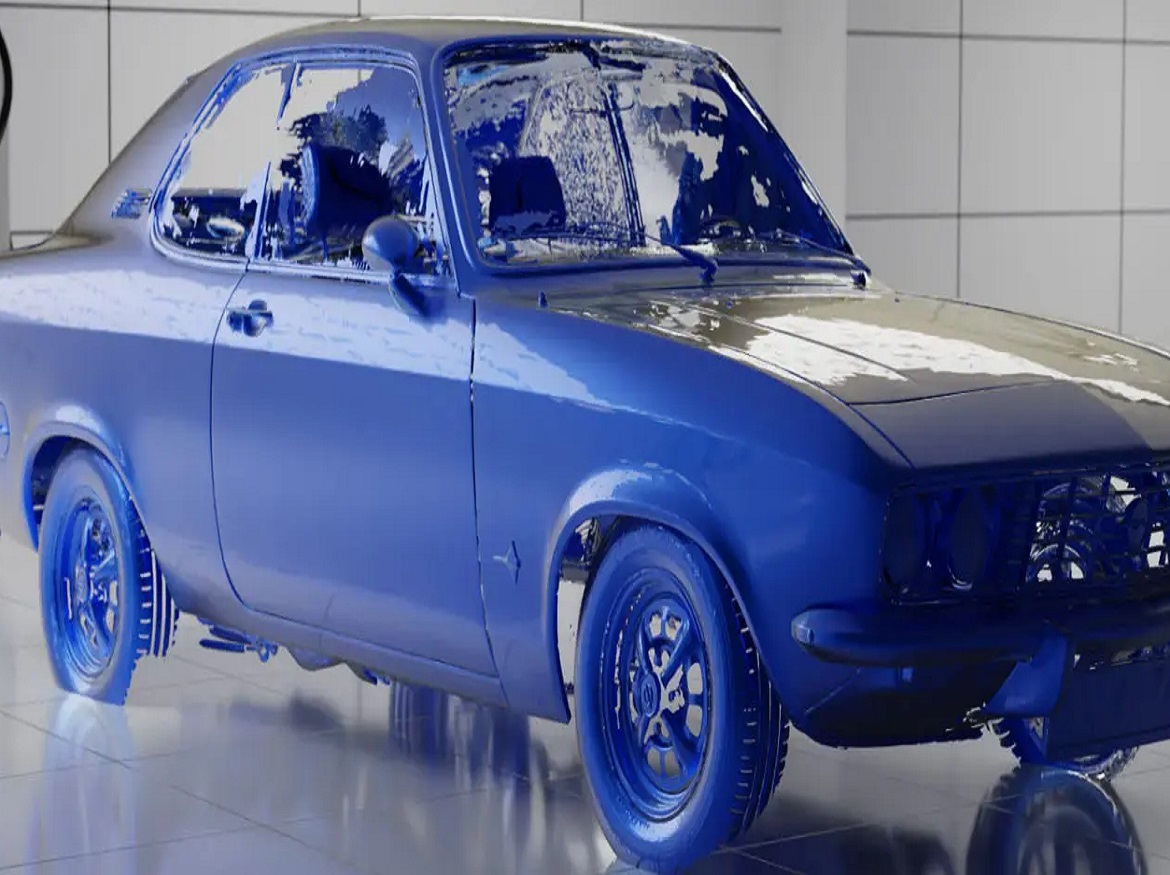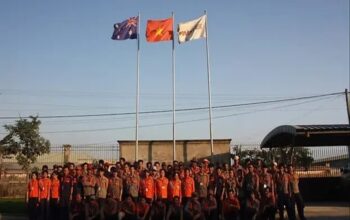On August 25, 2023, the release of the Hollywood movie Gran Turismo marked a pivotal moment in the gaming world.
Notably, Polyphony Digital’s use of Scantech’s TrackScan-P 3D Scanning System to capture 3D data and translate reality into virtual representation, showcased the transformative potential of advanced scanning technology in the gaming industry.

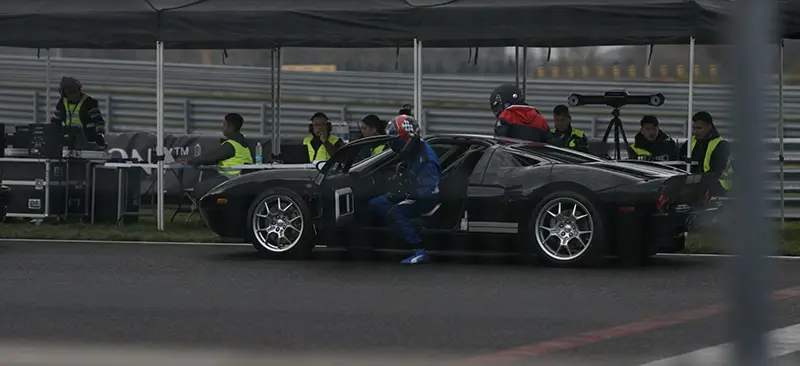
In recent years, the car racing game genre has witnessed remarkable technological advancements, innovative gameplay, and a dedicated focus on delivering immersive and realistic experiences.
A significant trend has been the integration of cutting-edge graphics and physics engines, heightening visual fidelity and simulating real-world driving dynamics with high-resolution textures, dynamic weather systems, and meticulously detailed car models.
Moving beyond showcasing contemporary vehicles, some racing games now delve into historical automobiles, presenting them in their authentic form to players. This shift enables gamers to experience the timeless charm of classic cars.
However, the absence of digital models for these historical relics poses a unique challenge due to limitations in the automotive design and manufacturing processes of that era.
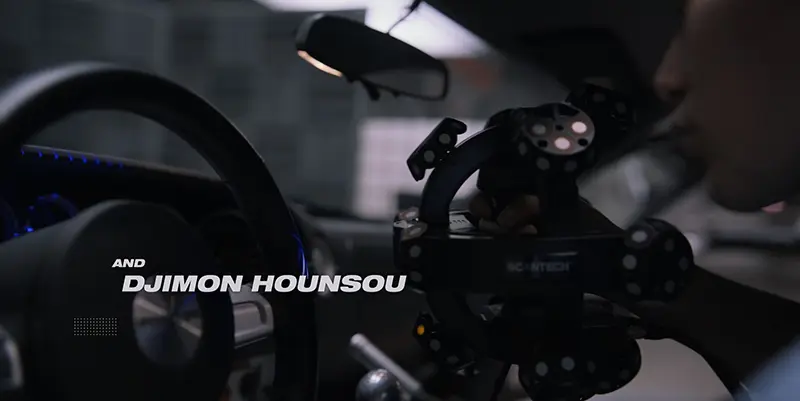
Revolutionizing Gaming with Scantech Solutions
With 3D scanning technology, developers can now create realistic 3D models of these rare and valuable classic cars. 3D laser scanning allows for fast and accurate capture of 3D data of objects, and Scantech’s 3D laser scanners can achieve almost perfect reproduction of scanned objects.
In this article, we will explore how Scantech’s 3D scanning TrackScan-Sharp helped a game developer create realistic and accurate 3D models of vintage cars Opel Manta from a car museum, and what challenges and benefits they faced in the process.
Challenges of Capturing 3D Data of Vintage Cars
The vision was clear and ambitious – a meticulous scan of old-timers, those priceless vintage cars sheltered in museums, with the goal of creating a “digital twin” that celebrates both perfection and imperfections.
The customer demands a thorough and precise scan with minimal missing data. The scan should also retain and reveal the flaws of the car.
Challenge 1: Swift Exterior 3D Data Acquisition Without Markers
In scenarios where time efficiency is paramount and preserving the object’s integrity is crucial, the use of markers that might affect the surface is ruled out.
Challenge 2: Interior Scan in Confined Spaces
This often occurs in confined environments such as vehicle interiors, where traditional scanning methods might struggle to access tight spaces.
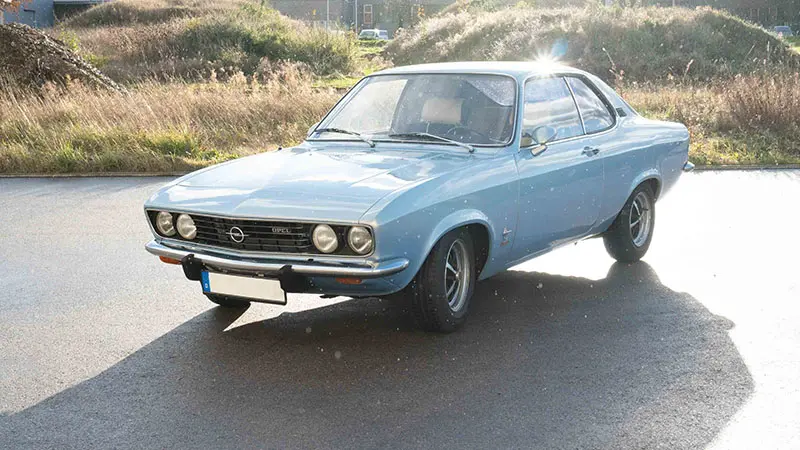
Advantages of Scantech Solutions
TrackScan-Sharp for the Exterior:
Implementing the TrackScan-Sharp, known for its sizeable measuring volume of 49 m³ and swift data capture capabilities, allows for comprehensive scans without frequent repositioning.
The entire side wall of the car can be scanned without having to reposition the camera system. The ability to cover substantial areas in a single scan significantly reduces overall time of measurement.
Specialized software seamlessly integrates individual scans into a cohesive 3D model, ensuring a swift and efficient workflow.
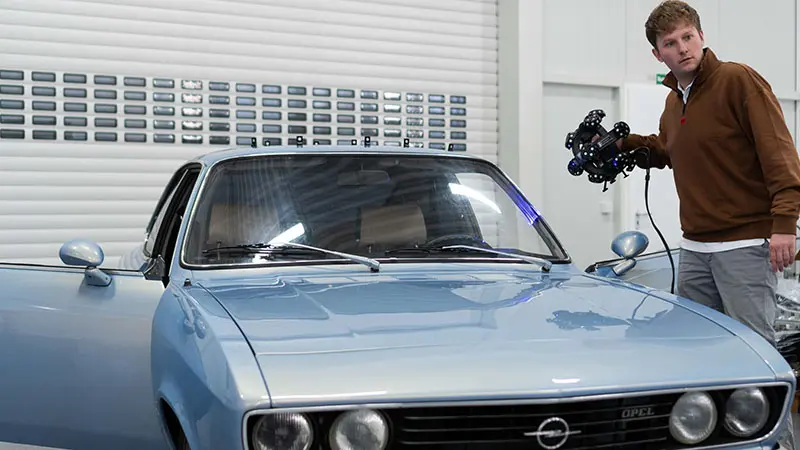
SIMSCAN 30 for the Interior:
The SIMSCAN 30 handheld 3D scanner, renowned for its small size and adaptability, is an ideal solution.
With a minimal camera distance of approximately 130 mm, SIMSCAN boasts a narrow view angle, enabling it to excel in scanning tight spaces such as holes and grooves.
This distinct feature sets it apart from other conventional 3D scanners available in the market, which often contend with more substantial view obstructions.
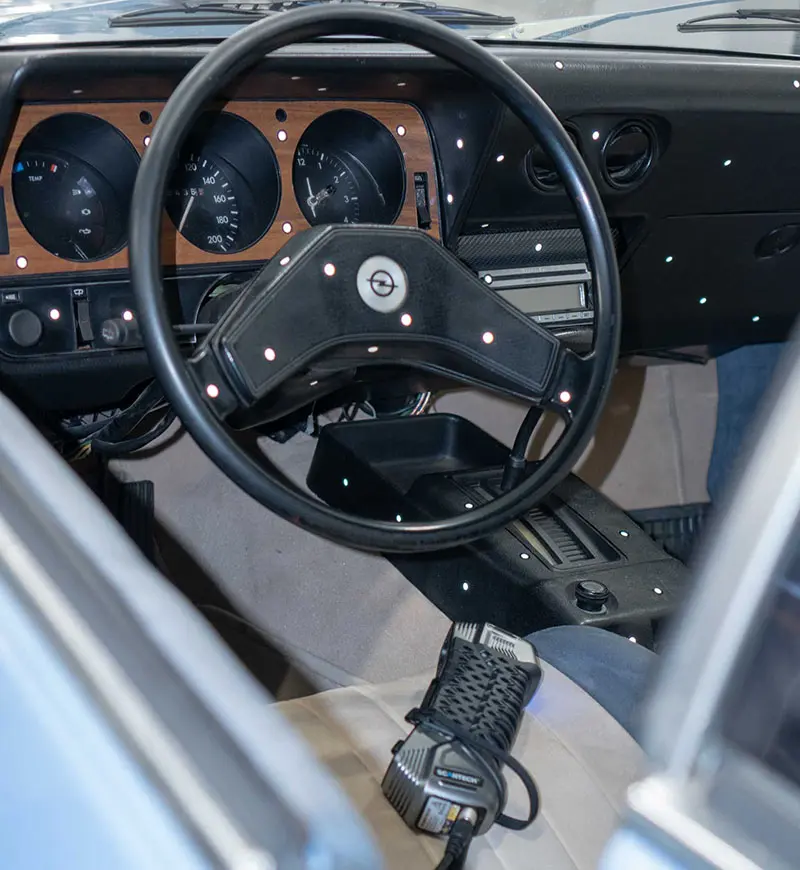
The image below vividly illustrates how SIMSCAN adeptly captures data from these confined areas. This allows it to navigate challenging interior spaces with ease, capturing intricate details.

Employing a strategic scanning approach ensures precise data acquisition within a limited space. This targeted methodology, coupled with the scanner’s rapid data capture capabilities, guarantees an efficient and accurate 3D scan of the interior, even in the most constrained environments.
In collaboration, Scantech and IBS Quality GmbH bring forth not only cutting-edge scanning hardware but also a wealth of expertise.
This synergy ensures that the scanning process attains the highest standards of accuracy and efficiency, positioning both entities as leaders in the field.

In the realm of real-time applications encompassing mobile, virtual reality (VR), and video games, the prevalent reliance on manual remodeling presents a notable inefficiency.
Introducing a scan-based content pipeline offers a transformative solution, optimizing the process and significantly streamlining the creation of realistic digital assets.
Scantech’s 3D scanning technology has revolutionized the gaming industry by enabling developers to create realistic and immersive experiences for gamers.
By scanning vintage cars and transforming them into digital models, we have not only preserved the history and beauty of these vehicles, but also allowed gamers to enjoy them in a new and exciting way. What do you think of this innovation? Click here to know more about 3D scanning.


